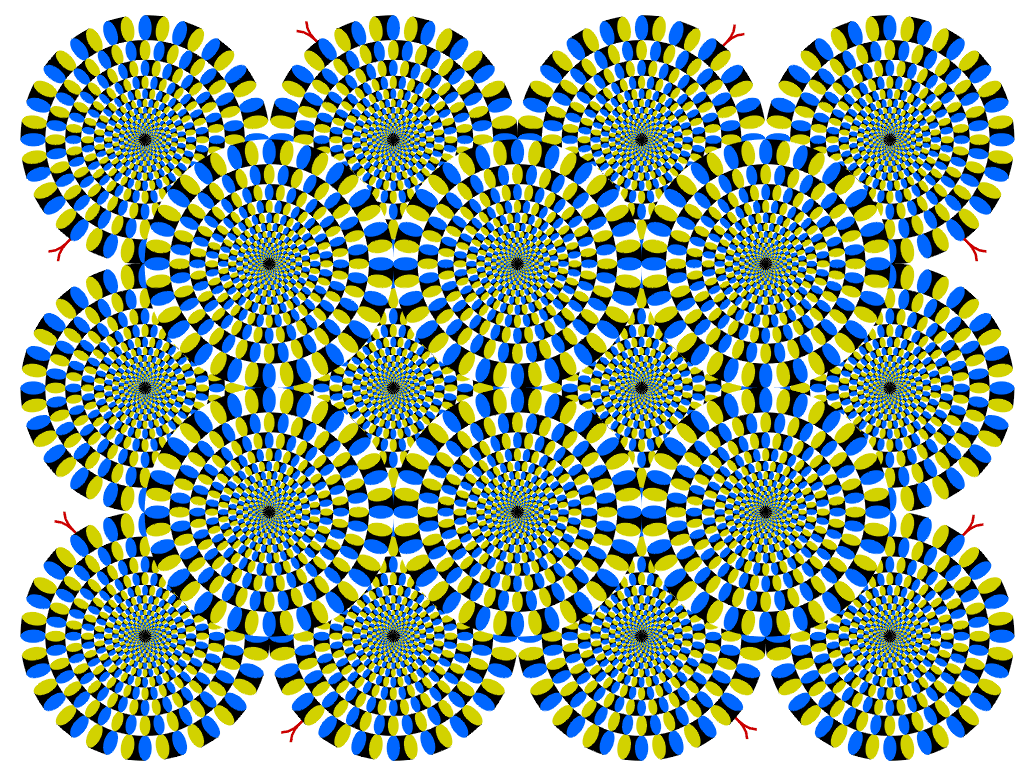
Symposium: Adaptation, brightness, and contrast
ECVP 2005 in A Coruña, Spain (August 22-26, 2005)
The visual phantom illusion: a perceptual product of surface completion depending on brightness and contrast
Akiyoshi Kitaoka (Ritsumeikan University), Jiro Gyoba (Tohoku University)
and Kenzo Sakurai (Tohoku Gakuin University)
Presented August 23, 2005, using this page Summary Next page

"Rotating snakes"
Circular snakes appear to rotate "spontaneously".
Copyright
A.Kitaoka 2003 (September 2, 2003)
Note that about 5% of observers do not see this illusion for some reason. Brief report in VSS2005
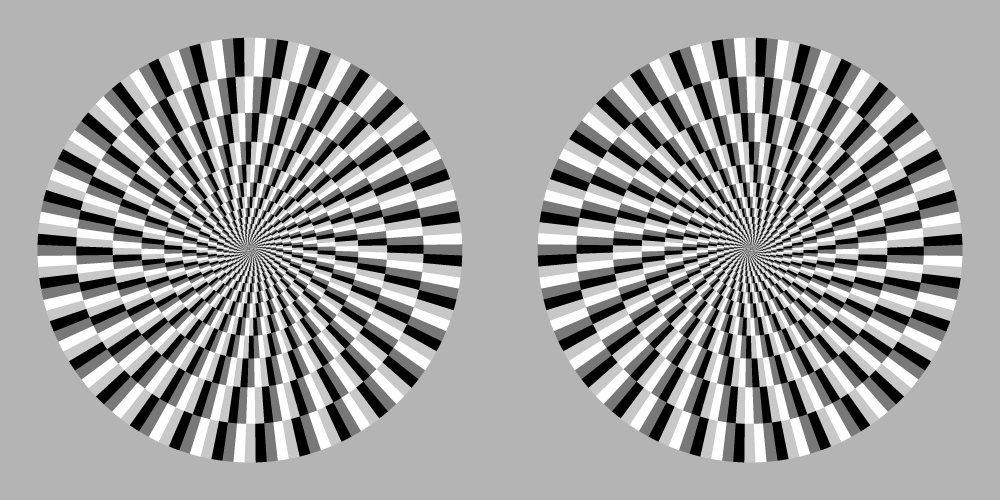
An elemental image of the optimized Fraser-Wilcox illusion
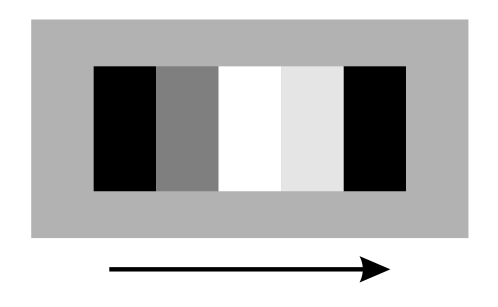
Direction of illusory motion
Sub-illusion 1: From dark to bright
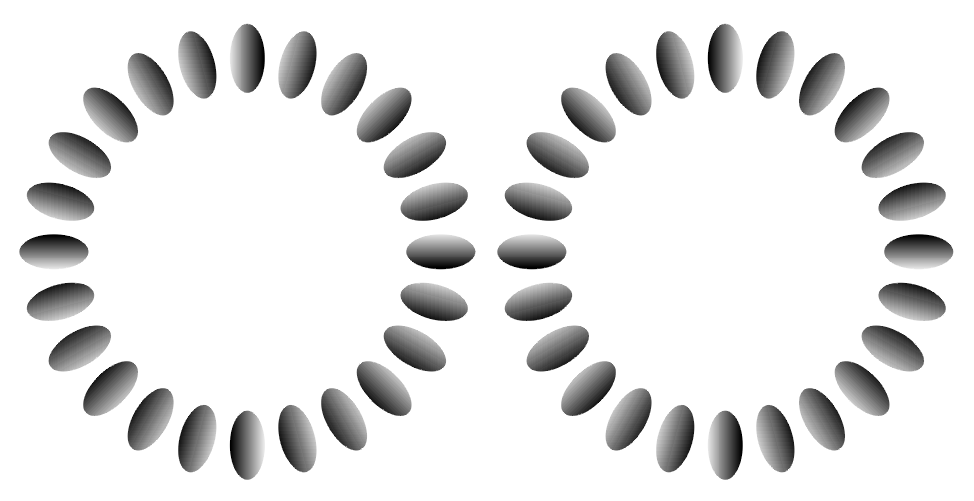
The right ring appears to rotate clockwise while the left one counterclockwise.
Sub-illusion 2: From bright to dark
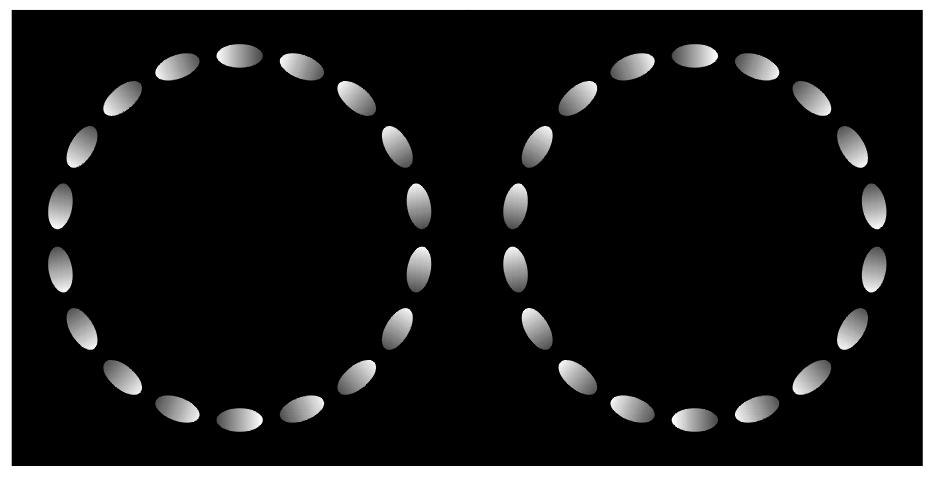
The right ring appears to rotate counterclockwise while the left one clockwise.
Suggestion: The direction of illusory motion of the optimized Fraser-Wilcox illusion might be from high-contrast to low-contrast.
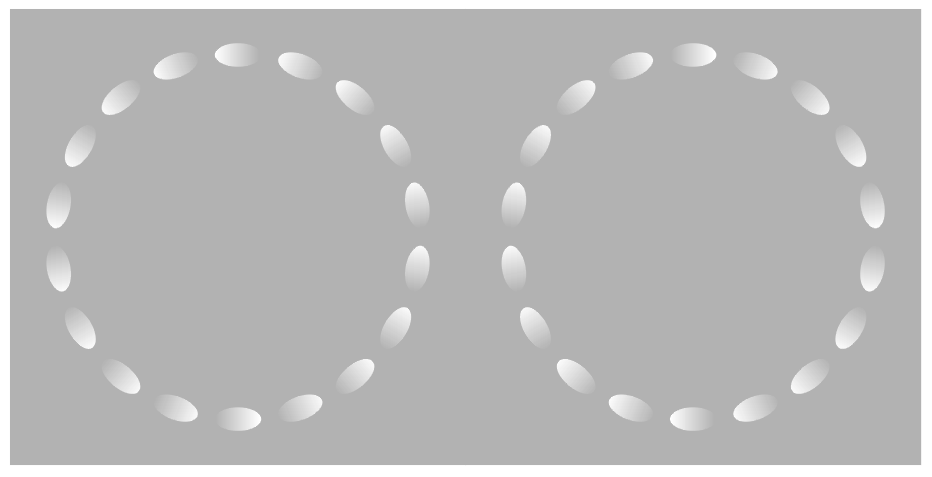
"Central drift" illusion (1)
The right ring appears to rotate clockwise while the left one counterclockwise.
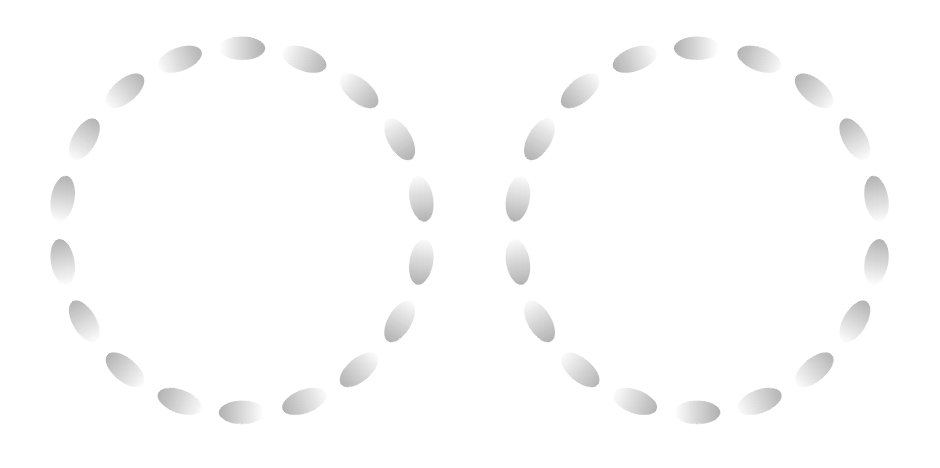
"Central drift" illusion (2)
The right ring appears to rotate counterclockwise while the left one clockwise.
Suggestion: The direction of illusory motion of the "central drift illusion might be from low-contrast to high-contrast.
Radial arrangement of the "central drift" illusion

Right panel: Light "mist" that appears to surround the outer part of the ring, appears to contract.
Left panel: Dark "mist" that appears in front of the inner part of the ring, appears to expand.
and moreover,
The ellipses appear to be dark in the right panel while those appear to be light in the left panel, though they are of the same luminance gradient.
This illusory mist is called "visual phantoms"
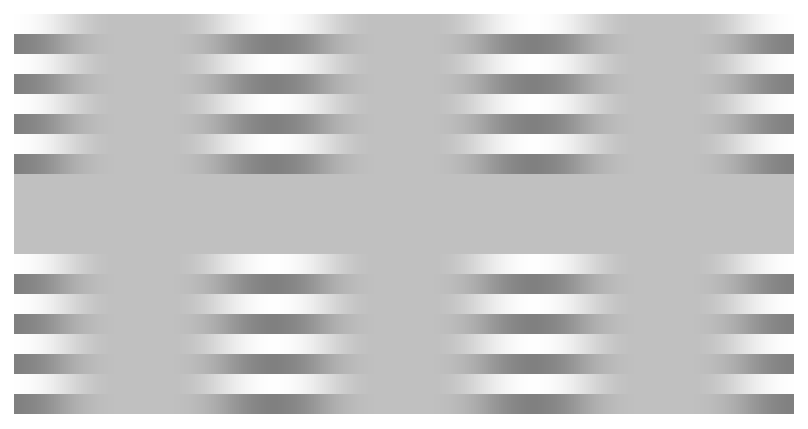
Three columns of illusory mist (visual phantoms) appear to bridge the upper and lower parts over a homogeneous gray field. Regions of low-contrast tend to form visual phantoms.
In addition, visual phantoms appear to expand laterally. This is
the central drift illusion.
Dark phantoms
(i.e. standard phantoms)
The visual phantom illusion refers to a phenomenon that an illusory grating appears to bridge the occluder that occludes a luminance-modified grating. When the luminance of the occluder is the lowest luminance of the grating, dark parts appear to be continual in front of the occluder.
Tynan, P. & Sekuler, R. (1975). Moving visual phantoms: A new contour completion effect. Science, 188, 951-952.
Genter, C. R. II. & Weisstein, N. (1981). Flickering phantoms: A motion illusion without motion. Vision Research, 21, 963-966.
Gyoba, J. (1983). Stationary phantoms: A completion effect without motion and flicker. Vision Research, 23, 205-211.
Light phantoms
When the luminance of the occluder is the highest luminance of the grating, light parts appear to be continual in front.
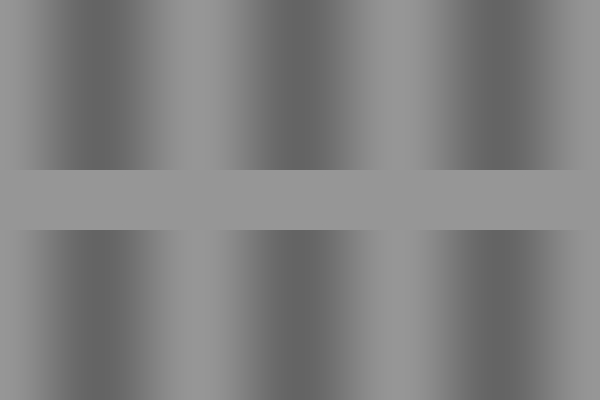
(When the cursor is placed on this image, the occluder becomes dark)
Sakurai, K. & Gyoba, J. (1985) Optimal occluder luminance for seeing stationary visual phantoms. Vision Research, 25, 1735-1740.
Grating induction
When the luminance of the occluder is placed between the highest and lowest luminances of the grating, counterphase brightness induction appears in the occluder and gratings do not appear to be continual.
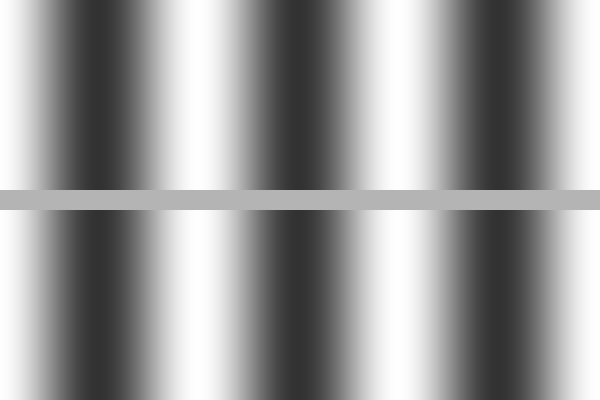
(When the cursor is placed on this image, the occluder becomes dark)
McCourt, M. E. (1982) A spatial frequency dependent grating-induction effect. Vision Research., 22, 119-134.
Moving visual phantoms
Tynan, P. & Sekuler, R. (1975). Moving visual phantoms: A new contour completion effect. Science, 188, 951-952.
Flickering phantoms
Genter, C. R. II. & Weisstein, N. (1981). Flickering phantoms: A motion illusion without motion. Vision Research, 21, 963-966.
Stationary phantoms
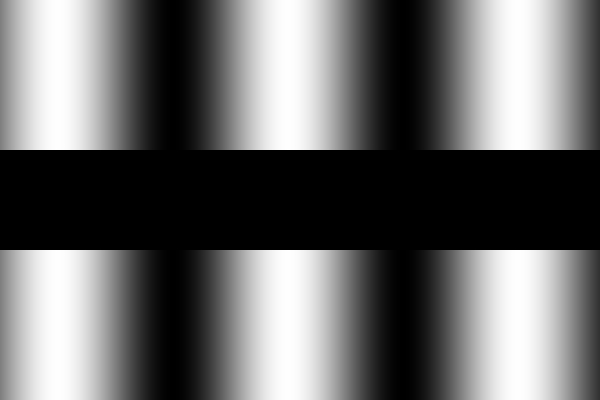
Gyoba, J. (1983). Stationary phantoms: A completion effect without motion and flicker. Vision Research, 23, 205-211.
Stationary phantoms are clear
when the inducing grating is of low contrast.
Spatial frequency characteristic in visual phantoms
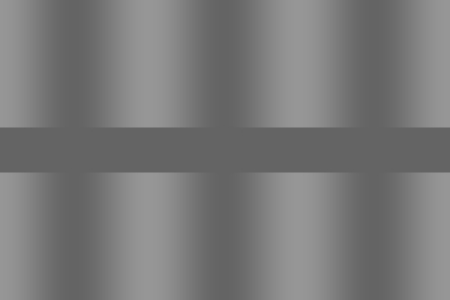
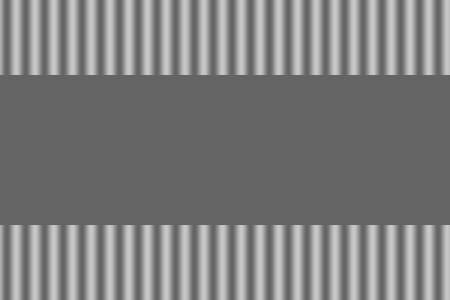
Visual phantoms are vivid when the inducing gratings are of low spatial frequency and when the occluder height is short.
Gyoba, J. (1983). Stationary phantoms: A completion effect without motion and flicker. Vision Research, 23, 205-211.
This characteristic resembles Petter's effect
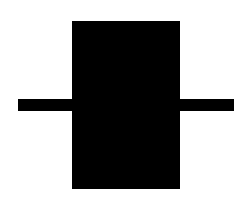
The thick vertical rectangle tends to be perceived in front of the thin horizontal rectangle.
Kitaoka, A., Gyoba, J., Sakurai, K., and Kawabata, H. (2001). Similarity between Petter's effect and visual phantoms. Perception, 30, 519-522.
Is the induced brightness in-phase?
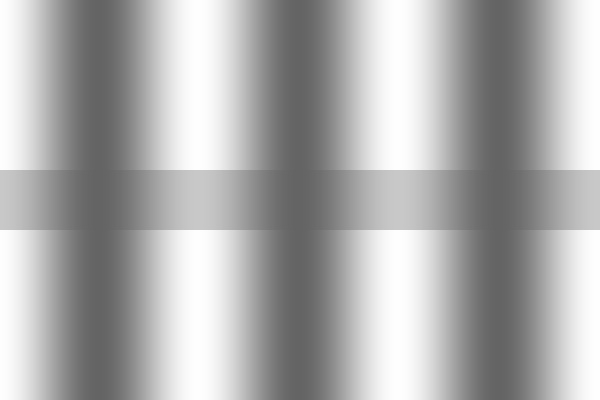
(When the cursor is placed on this image, the surround becomes homogeneous)
Dark columns appear to be continual in front. This appearance agrees with that of visual phantoms.
Is the induced brightness counterphase?
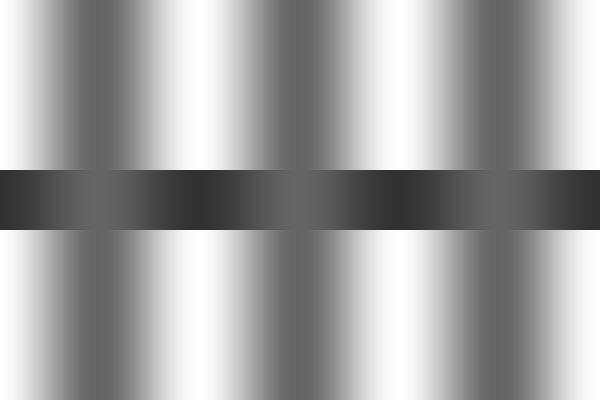
(When the cursor is placed on this image, the surround becomes homogeneous)
Dark columns appear to be continual in front. This appearance agrees with that of visual phantoms.
Finding: The brightness induction in stationary visual phantoms is not in phase but counterphase, like grating induction.
McCourt, M. (1994) Grating induction: A new explanation for stationary phantom gratings. Vision Research, 34, 1609-1617.
May, J. G., Brown, J. M. and Roberts, S. (1999) Afterimages, grating induction and illusory phantoms. Vision Research, 39, 3025-3031.
An explanation of stationary phantoms
Stationary phantoms are explained in terms of perceptual transparency, in which the surrounding grating induces counterphase lightness induction in the occluder and generates unique transparency that gives the continuation and the fixed depth of phantoms.
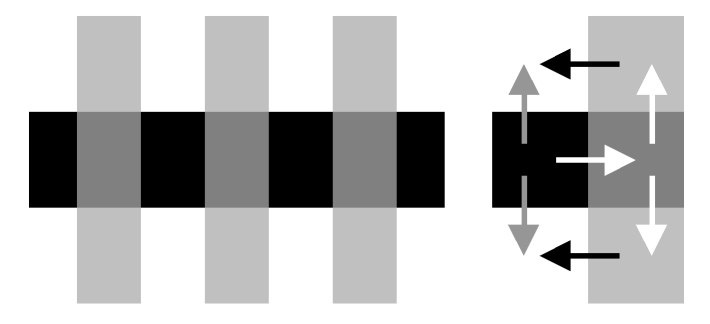
Unique transparency
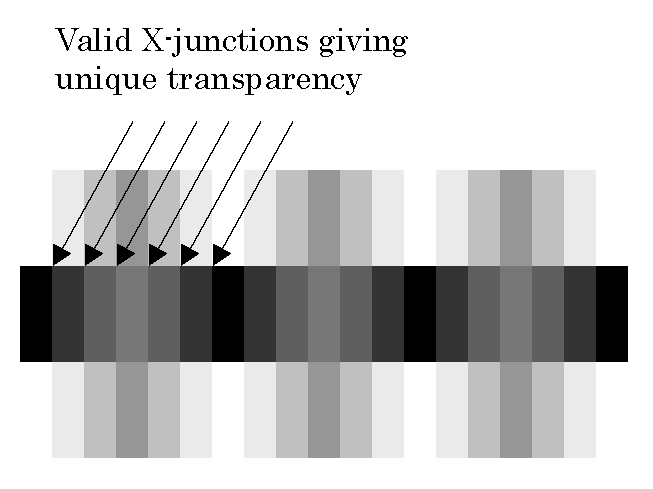
Schematic explanation using unique transparency
Kitaoka, A., Gyoba, J., Kawabata, H., and Sakurai, K. (2001). Perceptual continuation and depth in visual phantoms can be explained by perceptual transparency. Perception, 30, 959-968.
Our claim: The characteristics1) of visual phantoms can be explained with perceptual transparency2) that is cooperatively formed by the inducing gratings and induced ones in the occluder.
1) Phantoms always appear to be continual in front of the occluder.
2) Unique transparency in this case.
"Mixed" phantoms
Although it has long been thought that the visual phantom illusion is a phenomenon of visual completion of brightness, mixed phantoms shown below are not paradoxical in our model using perceptual transparency.
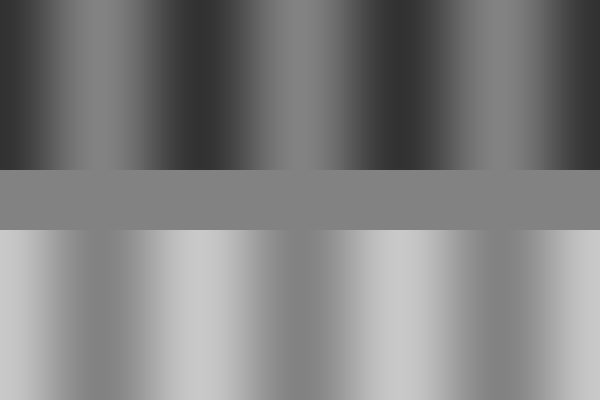
Luminance phases are reversed, but phantoms appear.
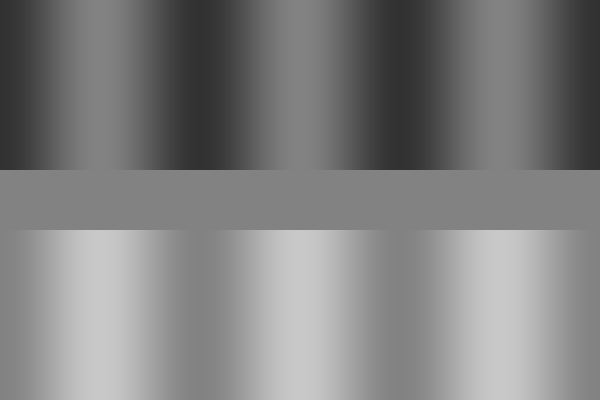
Luminance phases are aligned, but phantoms do not appear.
Our claim: Brightness induction is not sufficient to produce visual phantoms. Perceptual transparency is necessary.
Two-stage model
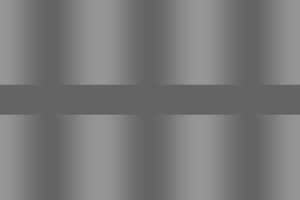
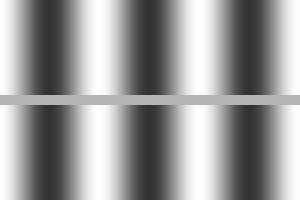


Kitaoka, A., Gyoba, J., Kawabata, H., and Sakurai, K. (2001). Perceptual continuation and depth in visual phantoms can be explained by perceptual transparency. Perception, 30, 959-968. ("Scotopic phantoms" are stationary phantoms)
The brightness induction of stationary phantoms is in-phase
when shortly presented
50-ms presentation for stationary phantoms
Phantoms are in-phase with inducing gratings if the presentation time is shorter than about 150 ms.
Grating induction is also in-phase when shortly presented
50-ms presentation for grating induction
500-ms presentation for grating induction
When the presentation time is longer than about 150 ms, counterphase induction appears.
Our claim: The brightness induction of visual phantoms is the same as that of grating induction.
since August 10, 2005
